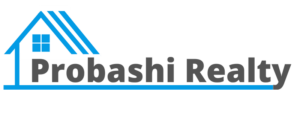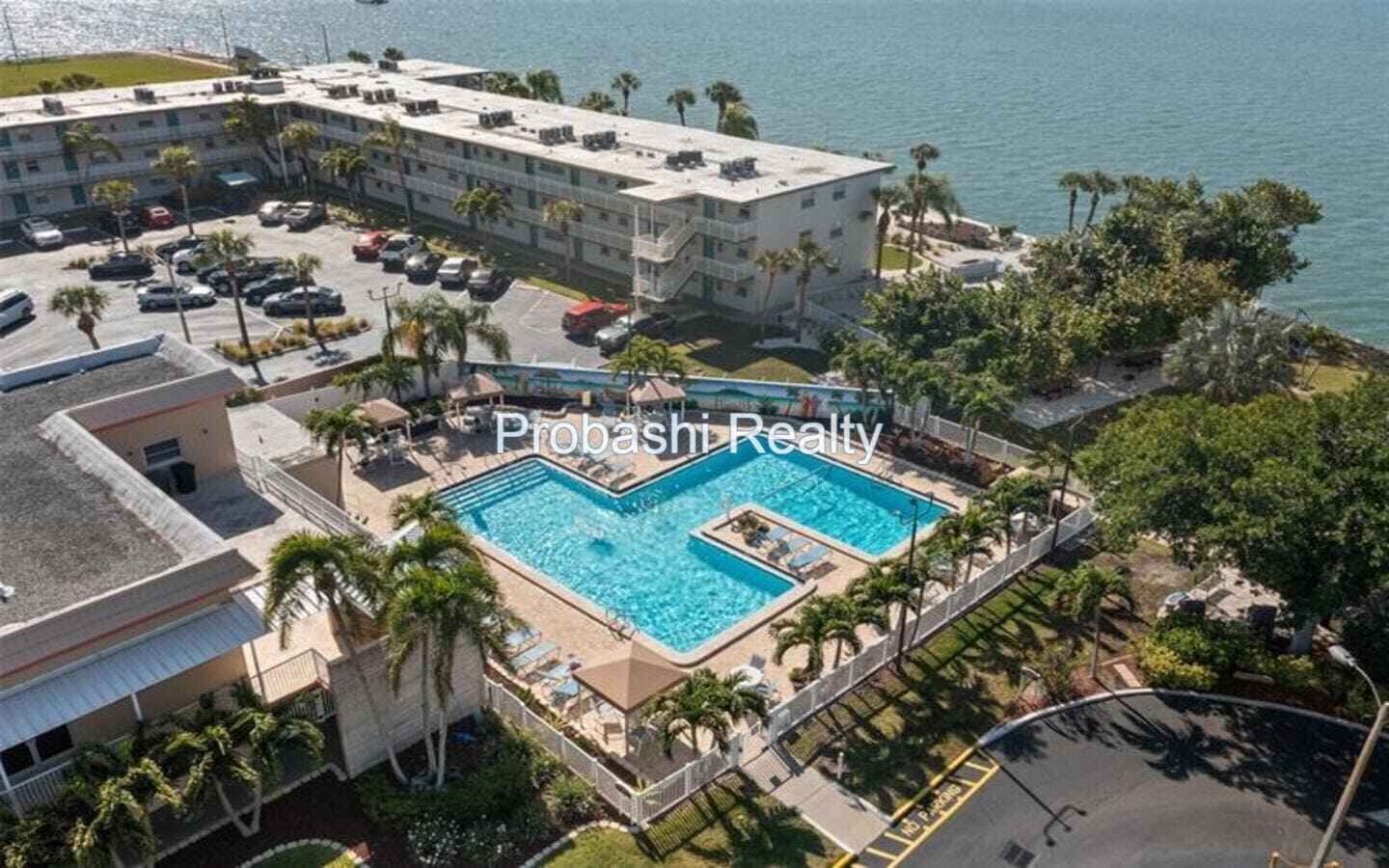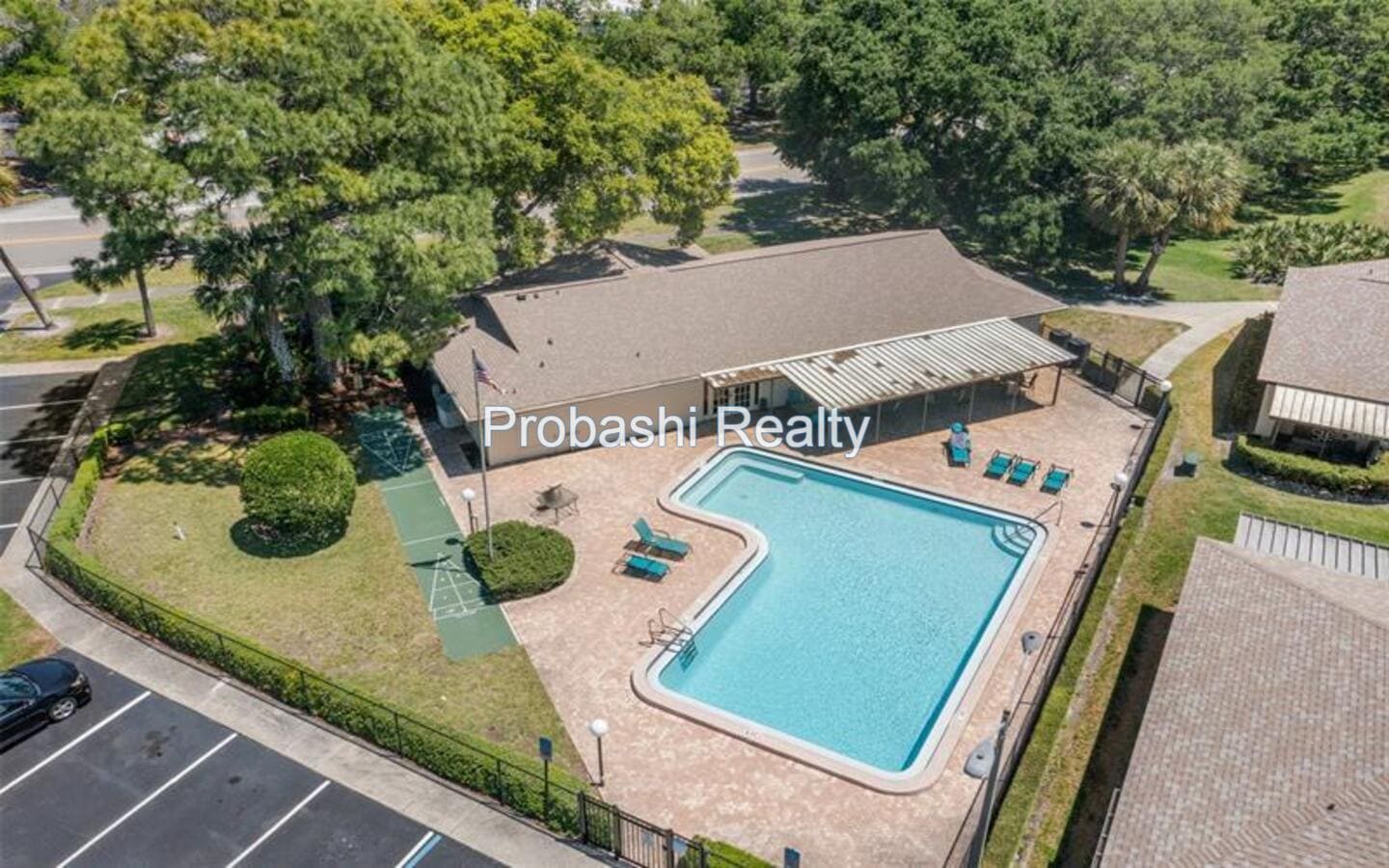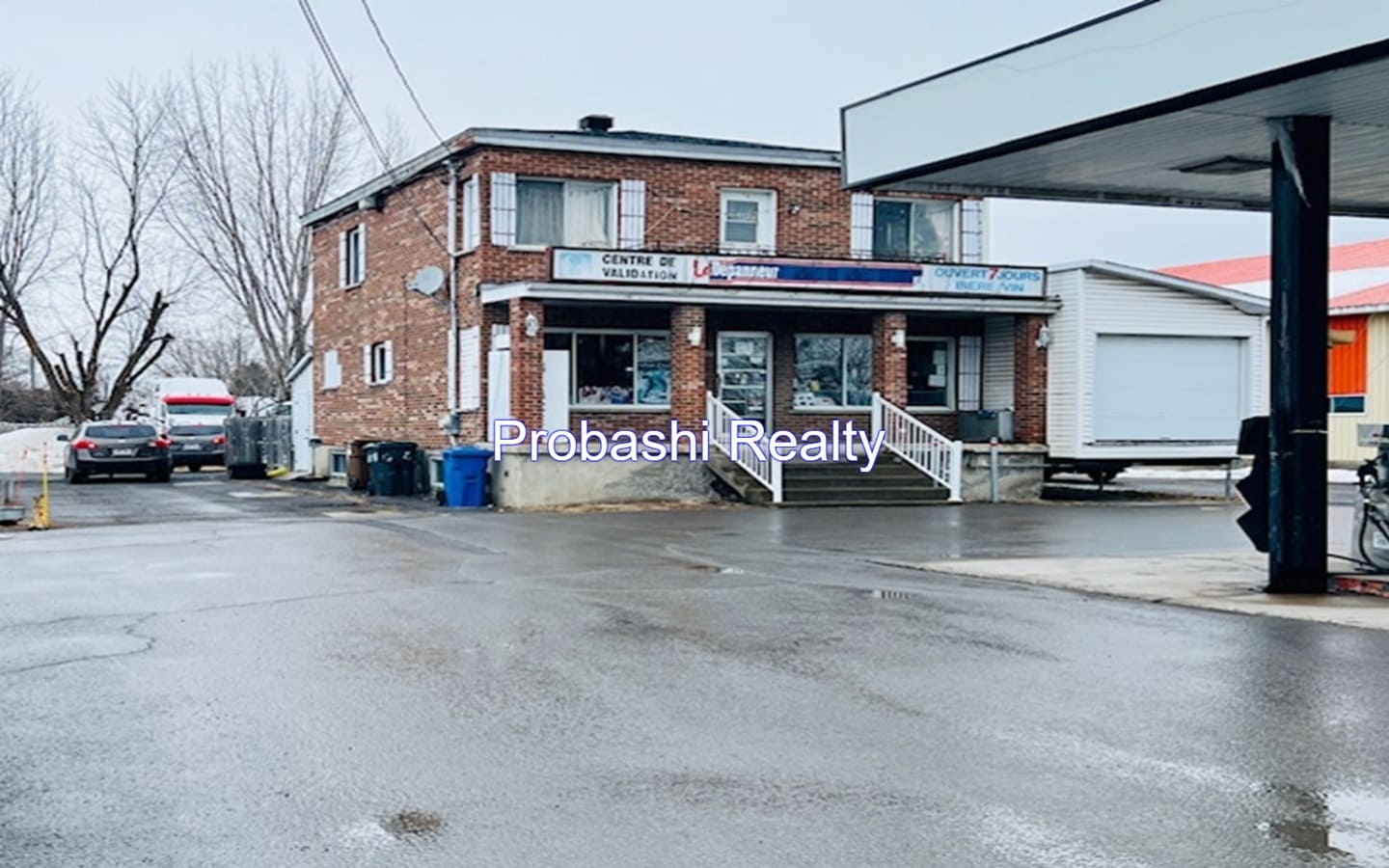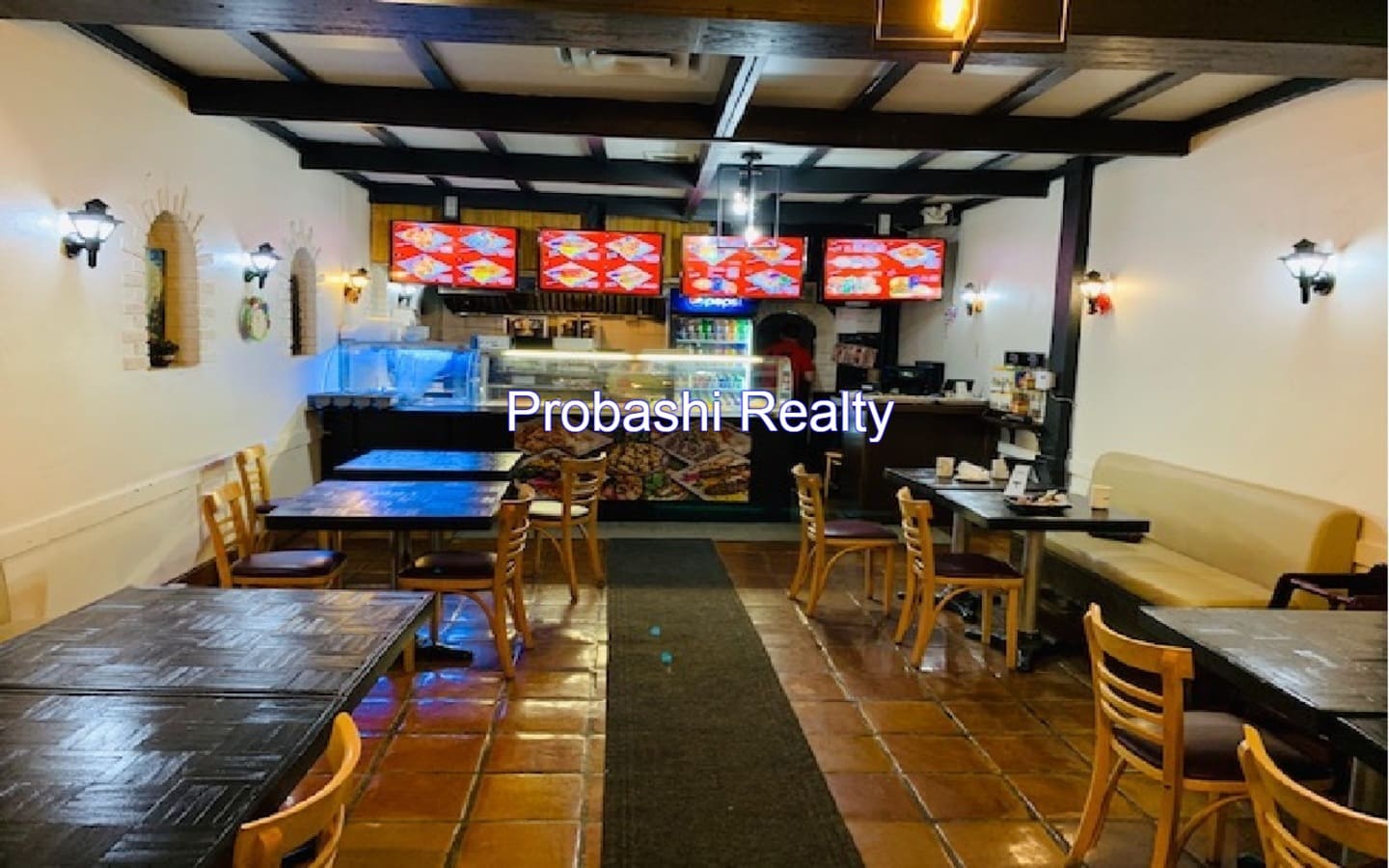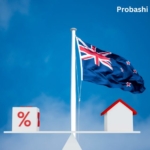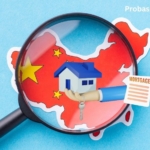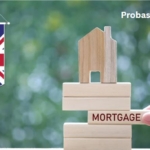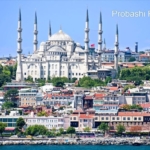What Is A Home Inspection?
A home inspection is like a thorough check-up for a house before it gets sold. The inspector looks at everything from the walls and roof to the plumbing and electricity to make sure everything works well and is safe. They also look for any problems that could lower the house’s value or cause safety concerns, like fire hazards or damage. It’s basically making sure the house is in good shape before someone buys it.
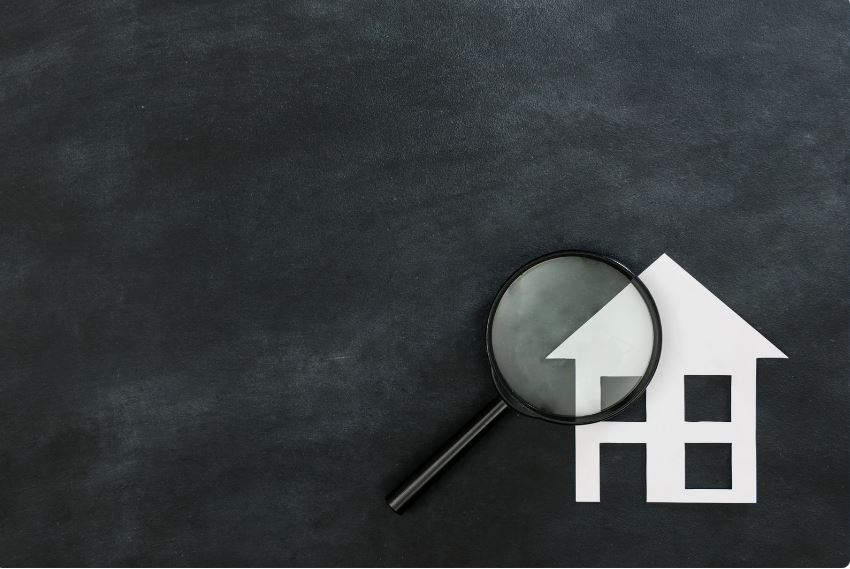
all about Home Inspection In Norway
In Norway, home inspections, known as “boligtilstandsrapport” or “boligsalgsrapport,” are common practice in the real estate market and are conducted to assess the condition of a property. Here’s an overview of how home inspections work in Norway:
-
Purpose: The primary purpose of a home inspection in Norway is to evaluate the condition of a property and identify any existing or potential issues. This information is essential for both buyers and sellers, helping buyers make informed decisions about purchasing a property and assisting sellers in understanding any necessary repairs or maintenance tasks.
-
Process: Home inspections in Norway are typically carried out by professional inspectors or engineers who specialize in evaluating properties. Inspectors conduct a thorough examination of various components of the property, including the structure, foundation, roof, plumbing, electrical systems, insulation, and more. They may also check for signs of moisture damage, mold, pest infestation, and other concerns.
-
Legal Requirements: While home inspections are not legally required in Norway, they are strongly recommended, especially for buyers. Sellers are obligated to provide accurate and truthful information about the property’s condition, but a comprehensive inspection can uncover hidden problems and protect both parties involved in the transaction.
-
Choosing an Inspector: It’s essential to hire a qualified and experienced inspector for the job. Look for professionals who are certified, licensed, insured, and have a good reputation in the industry. Real estate agents or other homeowners may provide recommendations for reputable inspectors.
-
Report: After completing the inspection, the inspector provides a detailed report outlining their findings. This report typically includes descriptions of any issues discovered, photographs or documentation as evidence, and recommendations for repairs or further evaluation by specialists if needed. Buyers can use this information to negotiate with sellers or request repairs before finalizing the purchase.
-
Cost: The cost of a home inspection in Norway can vary depending on factors such as the size and complexity of the property, as well as the level of detail required. On average, you can expect to pay several thousand Norwegian kroner for a comprehensive inspection.
-
Additional Inspections: Depending on the property’s location, age, and specific concerns, buyers may opt for additional inspections such as radon testing, environmental assessments, or energy efficiency audits.
Overall, home inspections play a crucial role in the Norwegian real estate market by providing transparency, ensuring the safety and quality of properties, and helping facilitate smooth transactions between buyers and sellers.
